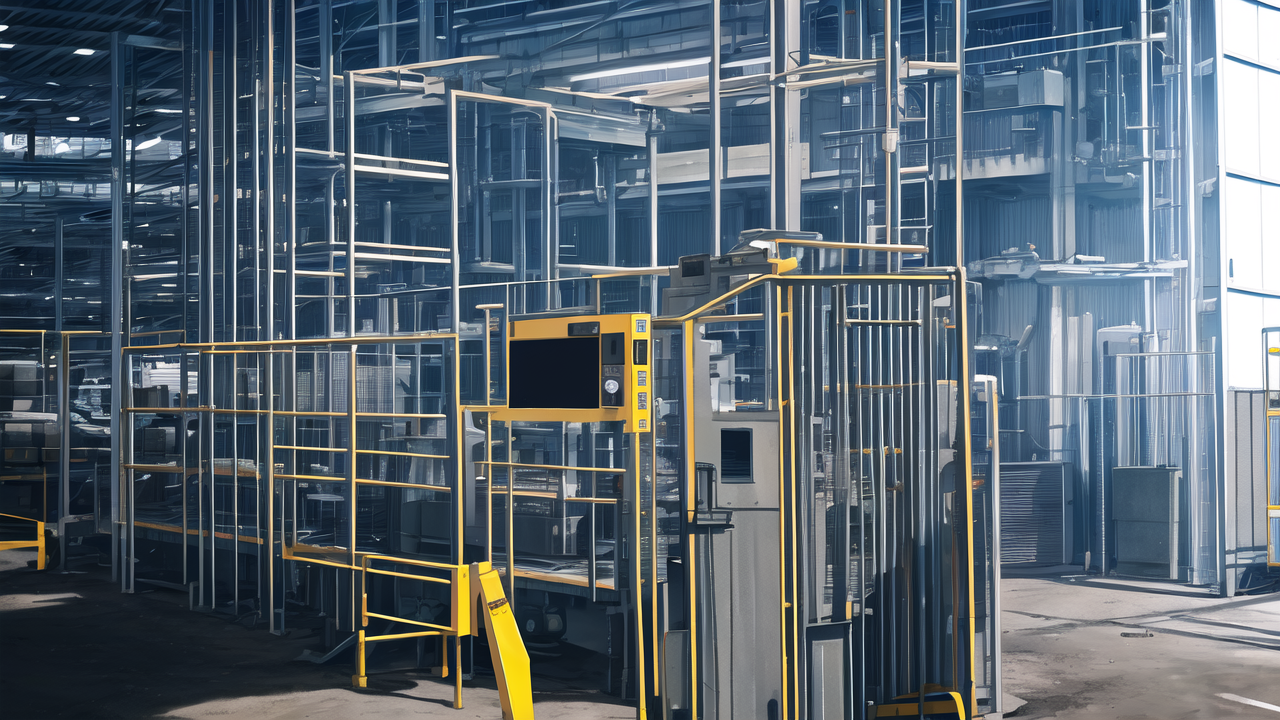Understanding the Need for Long Range Walkie-Talkies in Industry
Assessing the Industrial Environment and Communication Challenges
Industrial settings often present unique communication challenges. Large facilities, noisy machinery, and sprawling outdoor areas can hinder clear communication. Long range walkie-talkies offer a solution to these issues. They provide reliable, instant communication over vast distances. This is crucial for safety, efficiency, and coordination in industrial operations.

Workers need to stay connected in various conditions. From construction sites to oil fields, clear communication is vital. Long range walkie-talkies can penetrate walls, work in remote areas, and function in harsh weather. They are essential tools for overcoming the communication barriers in industrial environments.
Key Industries That Require Long Range Walkie-Talkies
Several industries rely heavily on long range walkie-talkies for their operations. These include:
- Construction
- Manufacturing
- Oil and Gas
- Mining
- Agriculture
- Warehousing and Logistics
- Security Services
- Event Management
In construction, teams coordinate across large sites. Manufacturing plants use them for quick problem-solving. Oil and gas workers communicate in remote locations. Miners stay connected underground. Farmers manage vast fields efficiently. Warehouse staff coordinate inventory movements. Security teams maintain constant contact. Event organizers ensure smooth operations.
These industries need reliable, long-range communication to function effectively. Walkie-talkies provide instant, clear, and secure communication. This enhances safety, improves efficiency, and enables better teamwork in challenging industrial environments.
Key Features to Look for in Professional Walkie-Talkies
Long Range and Durability: Non-Negotiable for Industrial Use
Long range and durability are crucial for industrial walkie-talkies. Range determines how far apart users can communicate. In large facilities or outdoor sites, a range of several miles is often necessary. Look for devices that offer at least 30-35 miles of range in ideal conditions.

Durability is equally important in harsh industrial environments. Seek out walkie-talkies with:
- Rugged, shock-resistant casings
- Waterproof or water-resistant designs
- Dust and debris protection
- Extreme temperature tolerance
These features ensure the devices can withstand drops, spills, and tough conditions. Many industrial-grade walkie-talkies meet military standards for durability. This level of toughness is ideal for demanding industrial use.
Tactical Advantages: Features That Enhance Communication Efficiency
Professional walkie-talkies offer tactical features that boost communication efficiency. Look for:
- Multiple channels for team organization
- Group call functions for team-wide announcements
- Private call options for one-on-one communication
- Emergency alert buttons for quick distress signals
- Voice activation for hands-free use
- Noise cancellation for clear audio in loud environments
- Long battery life for extended shifts
These features allow for more organized and effective communication. They help teams coordinate better and respond quickly to situations. Consider which features are most relevant to your specific industrial needs.
Integration with Other Professional Tools and Systems
Modern industrial walkie-talkies can integrate with other tools and systems. This connectivity enhances their utility. Look for devices that offer:
- Bluetooth connectivity for wireless headsets
- GPS tracking for team member location
- Wi-Fi capabilities for extended network coverage
- Computer programming for custom settings
- Compatibility with dispatch software
- Integration with safety monitoring systems
These integration options can significantly improve workflow and safety. They allow for more comprehensive communication solutions. Consider how walkie-talkies can fit into your existing systems for maximum benefit.
Top Long Range Walkie-Talkies on the Market
Reviewing Market Leaders: A Closer Look at Top Brands
Several brands dominate the professional walkie-talkie market. Top contenders include:

- Motorola Solutions
- Kenwood
- Hytera
- Icom
- Vertex Standard
Motorola Solutions is known for reliability and innovation. Their MOTOTRBO line is popular in many industries. Kenwood offers rugged devices with clear audio. Hytera provides cost-effective options with advanced features. Icom is respected for its marine and aviation radios. Vertex Standard, now part of Motorola, offers solid performance at competitive prices.
Each brand has its strengths. Motorola excels in durability and range. Kenwood shines in audio quality. Hytera offers good value for money. Icom is great for specialized industries. Vertex Standard provides reliable basic models.
Innovations and Technological Advancements in Walkie-Talkie Technology
The walkie-talkie industry continues to innovate. Recent advancements include:
- Digital signal processing for clearer audio
- Trunking systems for efficient channel use
- Enhanced encryption for secure communication
- Longer battery life through energy-efficient designs
- Improved user interfaces with color displays
- Software-defined radios for future-proof upgrades
- Integration with smartphones and tablets
These innovations make walkie-talkies more versatile and powerful. Digital technology improves audio quality and range. Trunking allows more users on fewer channels. Enhanced encryption protects sensitive information. Longer battery life means less downtime. Better interfaces make devices easier to use.
Consider how these advancements can benefit your operations. Look for devices that offer the latest relevant technologies for your needs.
Cost vs. Quality: Investing in the Right Radio for Your Industry
Choosing the right walkie-talkie involves balancing cost and quality. High-end models offer more features and durability. They can be a wise long-term investment. Lower-cost options may suffice for less demanding environments.
Consider these factors when evaluating cost vs. quality:
- Frequency of use
- Harshness of the environment
- Required range and clarity
- Needed features and integrations
- Budget constraints
- Long-term maintenance costs
Investing in quality can save money over time. Durable devices need less replacement. Advanced features can improve efficiency. However, avoid overpaying for features you won't use.
Assess your specific needs carefully. Choose a walkie-talkie that offers the right balance of performance and value for your industry. Remember, the best choice is one that enhances communication and safety in your unique industrial setting.


